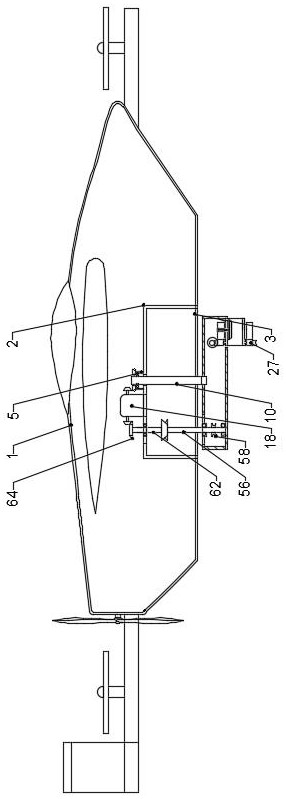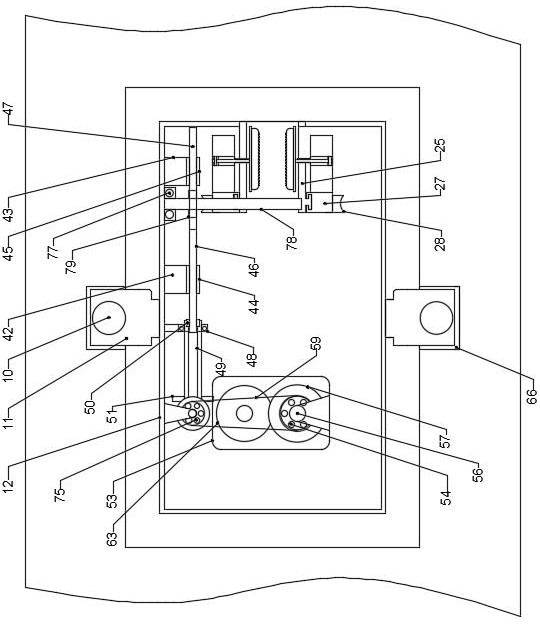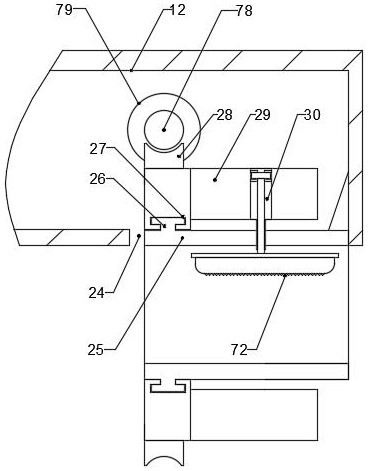A solar-powered drone for infrastructure
A technology of solar unmanned aerial vehicles and unmanned aerial vehicles, which is applied in the direction of motor vehicles, rotorcraft, aircraft parts, etc., can solve the problems of wire sheath wear, wire swing range, wire quality decline, etc., to achieve high efficiency and improve the landing point Accuracy, the effect of reducing wind resistance
- Summary
- Abstract
- Description
- Claims
- Application Information
AI Technical Summary
Problems solved by technology
Method used
Image
Examples
Embodiment Construction
[0034] The present invention is specifically described below in conjunction with accompanying drawing, as Figure 1-15 As shown, a solar unmanned aerial vehicle for infrastructure construction includes a composite wing unmanned aerial vehicle 1, the lower end of the composite wing unmanned aerial vehicle 1 is provided with a reciprocating lifting mechanism, and the lower end of the reciprocating lifting mechanism is provided with a clamping and releasing mechanism. There is a linkage transmission mechanism on one side of the release mechanism;
[0035]The reciprocating lifting mechanism includes a rectangular box 2 on the lower surface of the composite wing UAV 1, the lower surface of the rectangular box 2 has a rectangular opening 3, and the upper surface of the rectangular box 2 has a through hole 4, and the through hole 4 is provided with two A fixed ring 5 is installed on one side of the through hole 4, a roller bearing 6 is installed on the upper end of the fixed ring 5, ...
PUM
 Login to View More
Login to View More Abstract
Description
Claims
Application Information
 Login to View More
Login to View More - R&D
- Intellectual Property
- Life Sciences
- Materials
- Tech Scout
- Unparalleled Data Quality
- Higher Quality Content
- 60% Fewer Hallucinations
Browse by: Latest US Patents, China's latest patents, Technical Efficacy Thesaurus, Application Domain, Technology Topic, Popular Technical Reports.
© 2025 PatSnap. All rights reserved.Legal|Privacy policy|Modern Slavery Act Transparency Statement|Sitemap|About US| Contact US: help@patsnap.com



